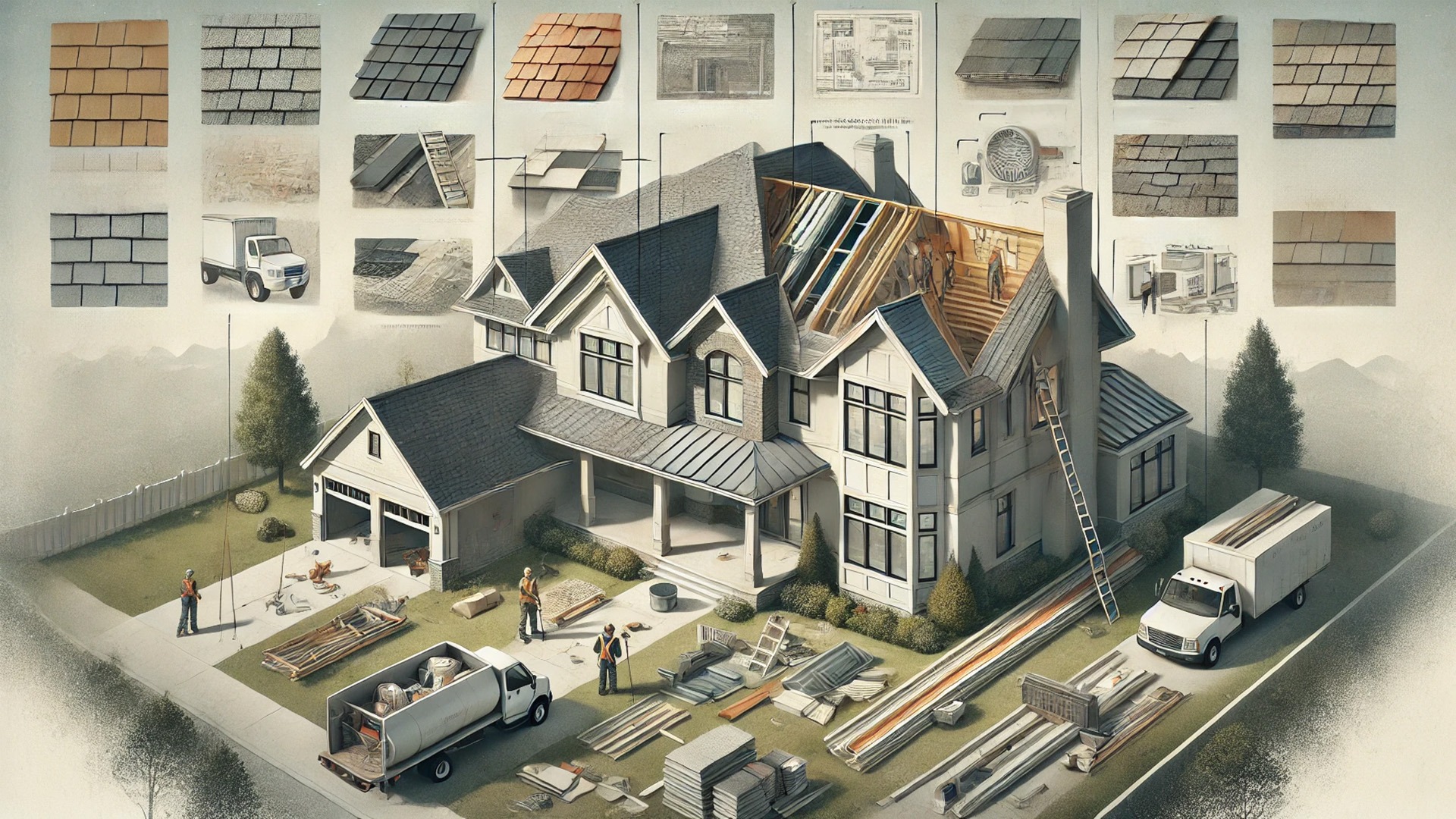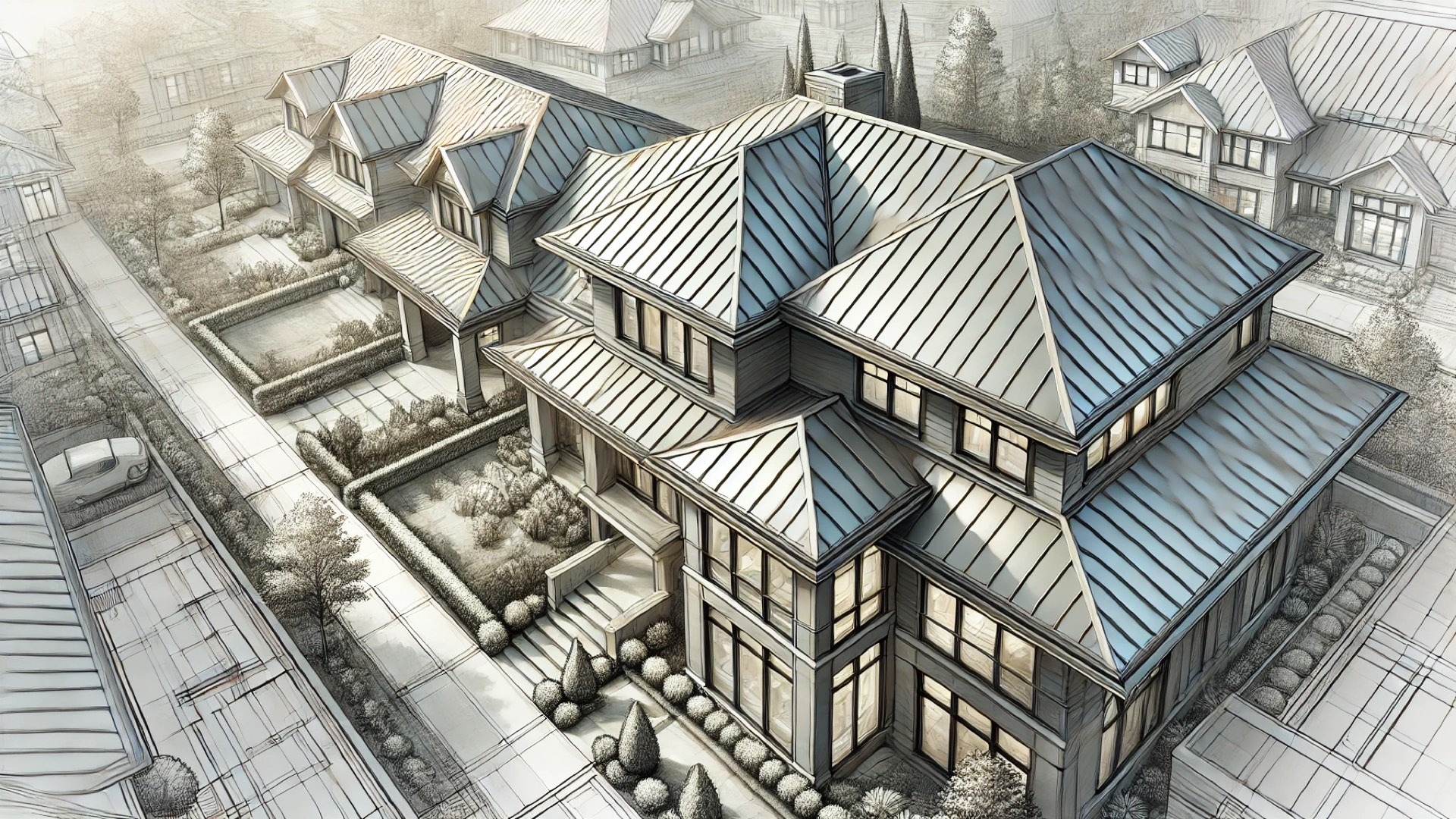
Understanding the Average Costs of Roof Replacement in 2025
As you may know, selecting a new roof is more than just a simple choice; it’s a significant financial investment that embodies both the aesthetic and functional integrity of a property. The average cost for replacing a standard 2,000-square-foot roof today ranges between $9,858 and $41,822, with most homeowners spending approximately $25,840. These figures are not set in stone—they vary widely based on multiple factors including material choice, roof size, and even geographical location.
The Influence of Material Selection
Choosing the right roofing material is perhaps the most critical aspect of your roofing project. Roofing materials can range from timeless asphalt shingles to luxurious slate and copper tiles. For example, while asphalt shingles remain the most affordable option averaging $4.46 per square foot for a 2,000-square-foot roof, more refined materials like slate and tile can command upwards of $14.78 or more per square foot. Given the architecture of historic homes, which often demand aesthetically pleasing yet durable materials, prioritizing quality over cost can enhance both appearance and longevity.
Labor: The Biggest Part of Your Investment
Labor costs typically comprise 60% of your entire roofing expenditure. For roofing, experienced contractors often charge around $75 per hour. It is worthwhile to note that the cost might escalate if the complexity of the structure increases or if there are significant architectural features. In upscale neighborhoods, where homes showcase intricate designs, this could lead to higher overall costs. Thus, while considering price, ensure that craftsmanship does not take a backseat.
What Drives Costs Beyond Material and Labor?
Understanding the nuances of roof replacement involves considering various hidden costs. Permits, debris disposal, and unforeseen repairs can all contribute to escalating costs. For example, removing an existing roof can add an extra $1-$5 per square foot, while installing complex anchoring systems or gutters can further impact the overall budget. In historic areas where regulations might necessitate specific materials or installation methods, it’s vital to factor these into your project scope.
Deciding Whether to Repair or Replace
It’s not just a matter of cost; the condition of your existing roof plays a big role in determining whether a replacement is warranted. For newer roofs (less than 10 years old) with minor damage, repairs often suffice, allowing homeowners to extend the life of their roof without incurring the full cost of replacement.
Conversely, if your roof is nearing or past its life expectancy—about 20 years for most materials—it is generally more prudent to invest in a full replacement than to spend on band-aid repairs that won’t yield a lasting benefit.
Choosing the Right Contractor
Once you’ve decided to undertake a roof replacement, the next hurdle is selecting a qualified contractor. Recommendations, customer reviews, and warranties all play vital roles in shaping a homeowner’s decision. Additionally, ask prospective contractors about the materials they use; using high-quality products will often pay off in longevity and performance.
Conclusion: Your Roof, Your Investment
Finally, remember that a well-chosen roof adds not just security and safety to your home but also enhances its curb appeal and value, especially in a prestigious neighborhood. So, take time to assess your needs and consult with professionals who can guide you through these vital choices. Being well-informed will not only aid in achieving the roof of your dreams but also help protect your investment through its lifecycle.
For more insights on making informed decisions about roof replacements, and to understand the long-term value of quality roofing, consider consulting with reputable professionals or reviewing additional resources on residential architecture.
 Add Row
Add Row  Add
Add 




Write A Comment